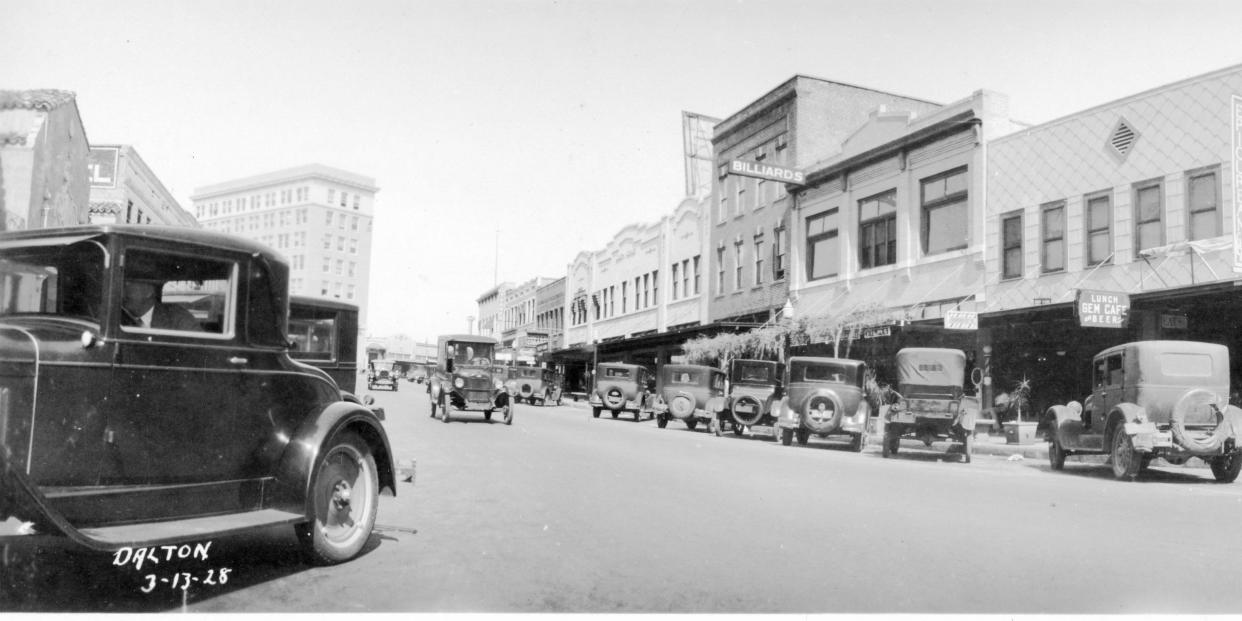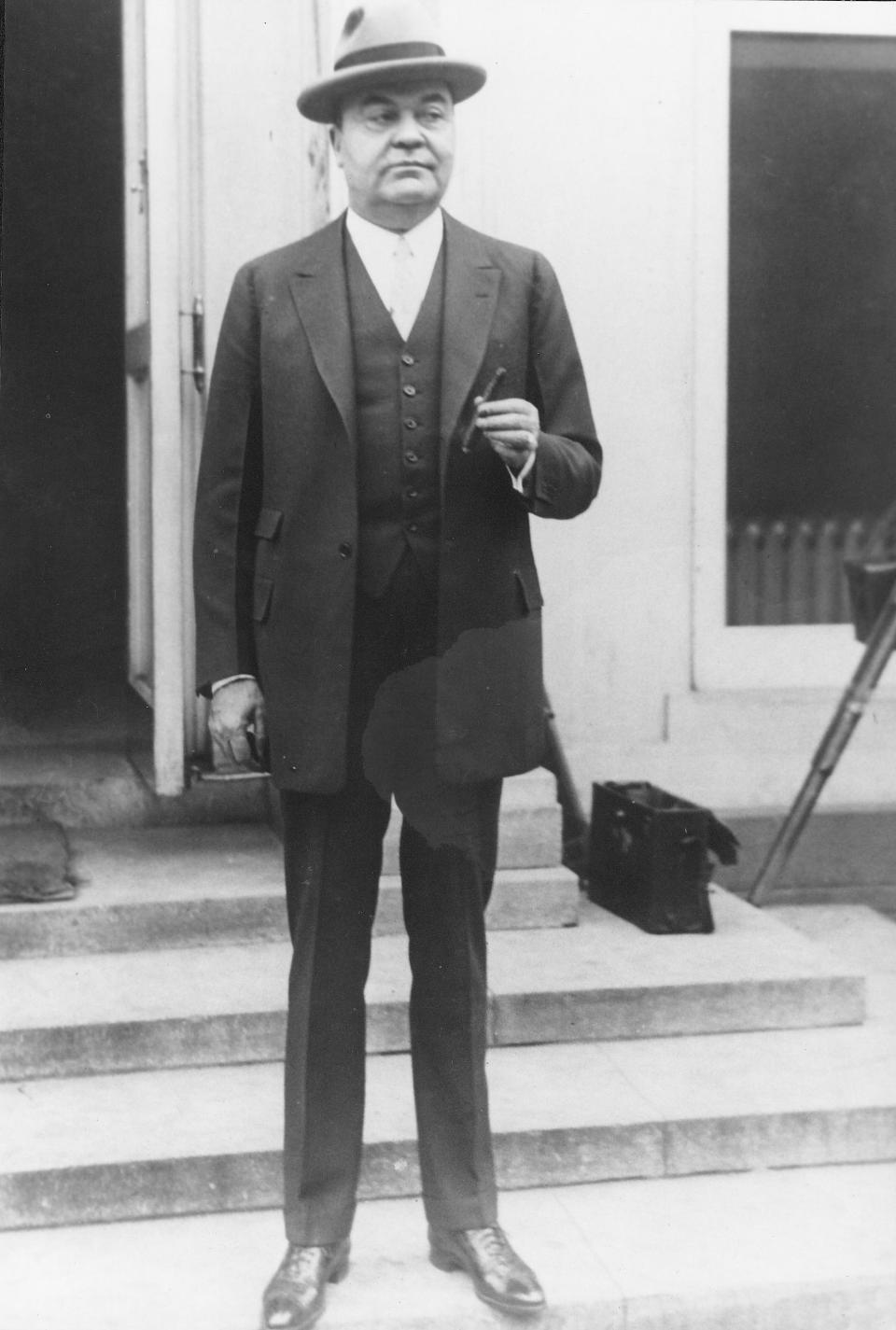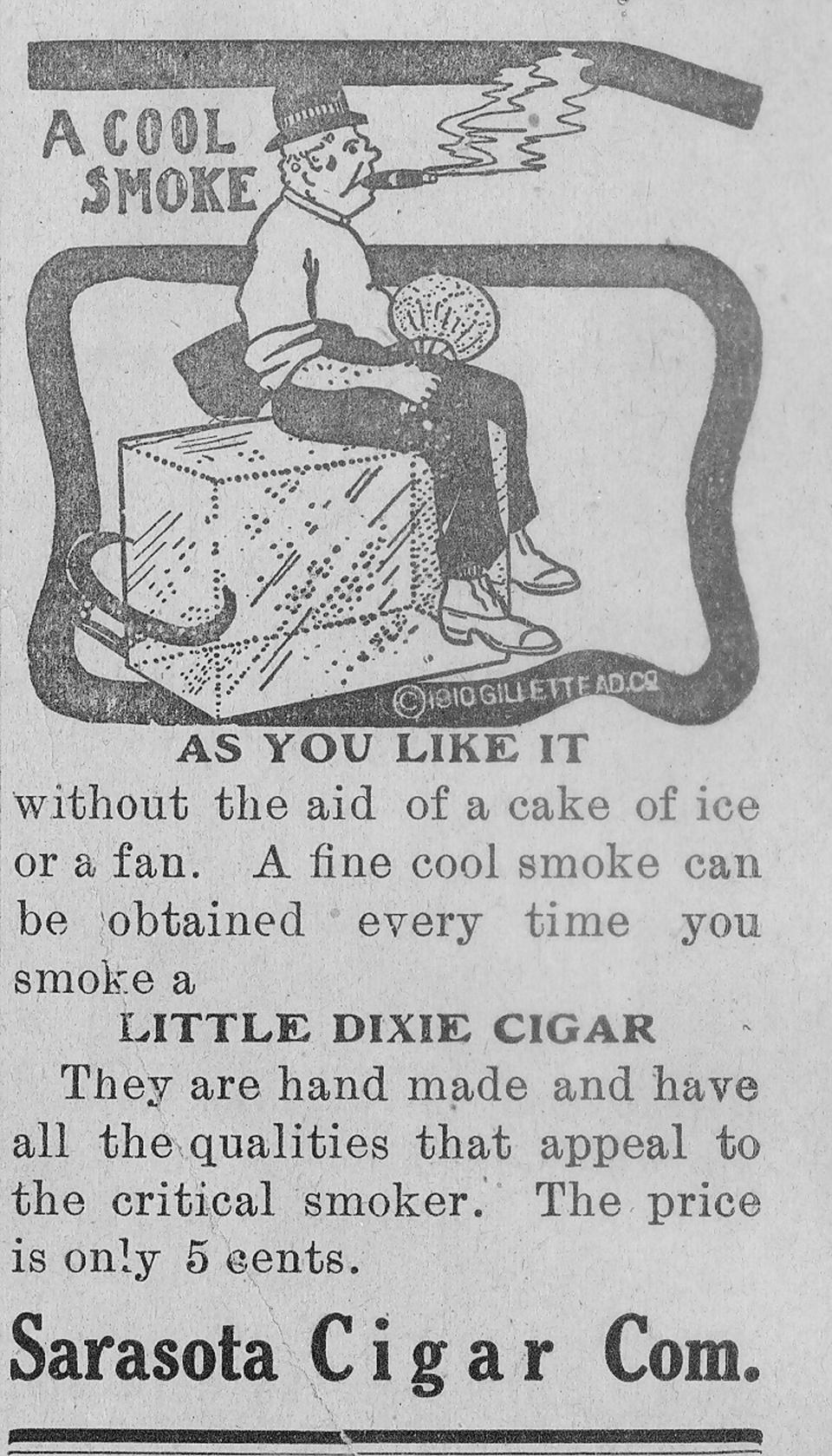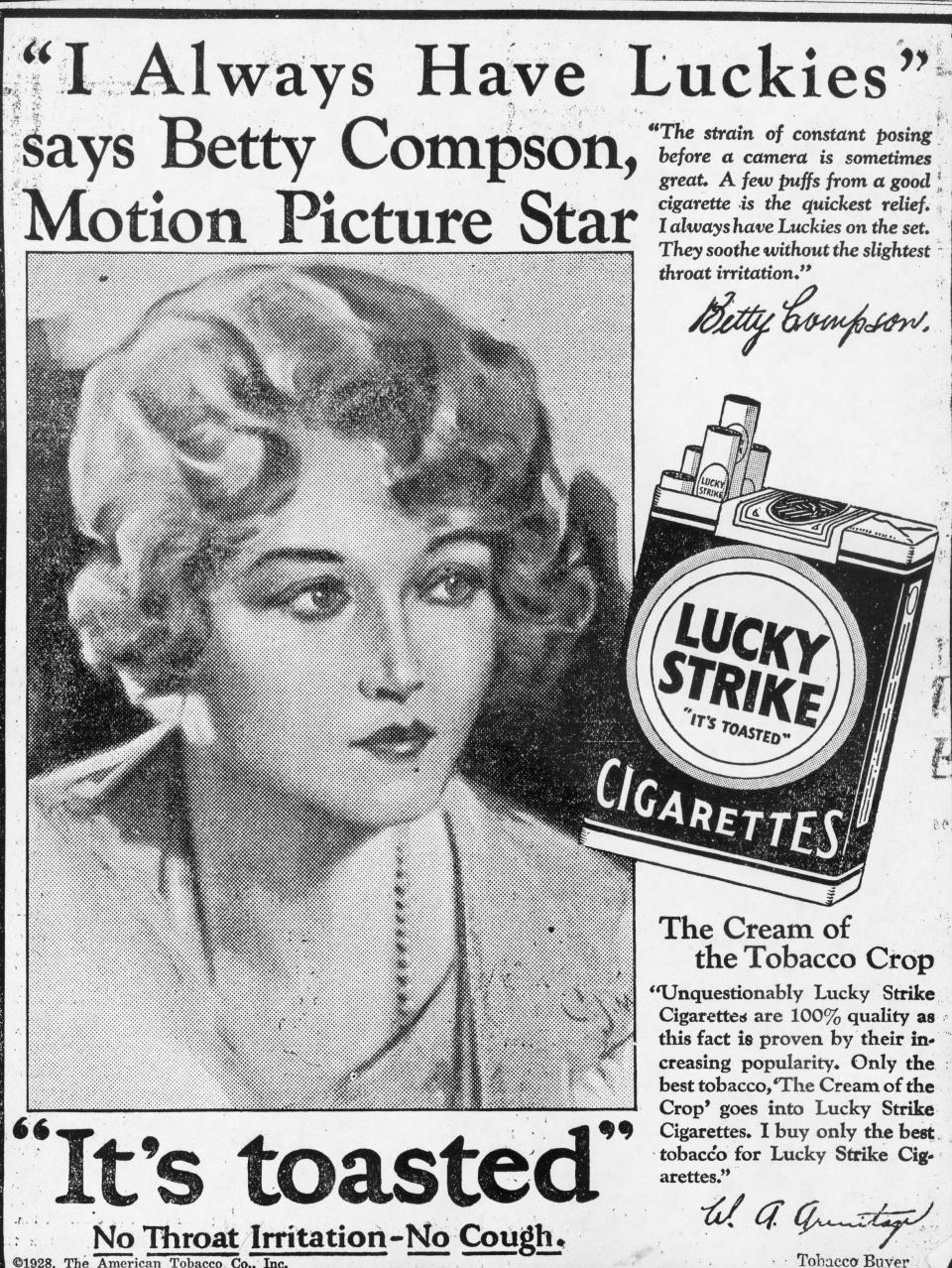Real History with Jeff LaHurd: Businessmen saw promise in Sarasota cigars

Back in the day when a manly man could take a whiff off a cheroot, blow out a puff of smoke and pronounce, “A woman is only a woman, but a good cigar is a smoke” and not get slapped across his pie hole, Sarasota had a nascent cigar manufacturing business.
It was nothing to match Tampa’s burgeoning Ybor City to be sure, but the Sarasota Cigar Company was a welcome addition to a community then struggling to bolster its economy.
In 1911, when John H. Hill and his family started the enterprise, Sarasota looked very much like the back lot of the western “Shane” – which is to say, there was very little here to distinguish it from several other “cow towns.”
Inasmuch as a cigar factory could be a benefit to the fledgling community, Mr. Hill approached the board of trade to get it to ante up some money to assist in the building of a factory. Up to that point, the Hill family had been rolling cigars in their home on Main Street.
Ten dollars was promptly pledged by Dr. Schultz, the proprietor of Badger’s Pharmacy, for many years “The Store of the Town.” At the same meeting, businessman John Savarese grandly prophesied that soon a workforce of some two hundred men was possible. How much of a difference those ten dollars made is not known, but Hill was evidently happy to get it and the vote of confidence that went with it.
At the next meeting, he demonstrated his appreciation by presenting the board with a box of cigars, with the pearl that “they were a hit with railroad people.” Who better to judge a good smoke?
Initially, the company offered three brands: Board of Trade (amazing how much goodwill ten dollars bought!), Sarasota and the Sarasota Gem. Soon, Little Dixie, Simpatica and Habana were added to the line.
After a month’s production, nearly ten thousand stogies had been rolled and sold through local businesses in Bradentown and far-away Tampa.
Even during the summer, business was said to be “very satisfactory.” The Sarasota Times soon reported that the factory (still in Hill’s Main Street home) employed four workers and that output had doubled every month since the enterprise began.
As an added benefit to the fledgling community, The Sarasota Times noted that thanks to the cigar industry, Tampa went from a village of 2,000 to a city of 40,000.
Hill took on the role of traveling salesman, drumming business throughout the state. A November trip netted orders for 28,675 cigars. By the middle of 1913, the promising business was prosperous enough to require a larger factory, and Hill decided to form a stock company, offering a capital stock of $25,000 divided into 1,250 shares with a par value of $20 per share.

As the Sarasota Times put it, “Sarasota’s businessmen have shown their faith in the future of this growing enterprise by subscribing liberally towards the stock.”
After the initial offering the reported shareholders were: J.H. Hill (84 shares); P.A. Hill (83 shares); J.K. Hill (83 shares); J.C. Hill (10 shares); and A.B. Edwards and H.L. Higel, two prominent locals (5 shares apiece).
By the beginning of 1914, 30 others would pony up. The company took on more help, employing nine men who rolled two thousand cigars a day and had difficulty keeping up with demand. Two more men were soon added.
Advertisements began appearing regularly in the Sarasota Times: “Try a SIMPATICA cigar. You’ll like them. There isn’t one man in fifty who finds fault with them; so they must be pretty good” and “You never see a butt of our cigars lying around, they are smoked as long as there’s a whiff.”

Thomas Riley Marshall, President Woodrow Wilson’s vice president, had pronounced, “What this country needs is a really good five cent cigar.” Heeding the call, Hill priced his brands at five cents and promised that they were equal in quality to the three-for-fifty-cent variety. Not only did they have a fine flavor, but his Havana Smoker also drew freely, burned evenly, and held fire and ash. Hill said that his company used imported wrappers and only the best domestic tobacco for filler.
After 1916, Hill and his family left Sarasota and were lost to local history. But the cigar industry did not die with his departure. In the 1920s, Michael and Edward Roth began manufacturing cigars, “Havanas at 8 cents and up,” in a “cigar factory and news stand.” They later moved their operation to the Mira Mar Court, with a salesroom on Main Street where the El Prosito cigar was sold for a dime.
Their cigars too, were popular. And no problem smoking indoors. The El Toro pool and billiard enterprise, “A meeting place for congenial fellows who like to “tune” in on the latest sporting events ...” offered them for sale hoping to make their business the “downtown headquarters, a mighty good place to meet your friends.”
By this time, cigarettes had replaced the stogie as the smoke of choice. The admonition “Lips that touch tobacco will not touch mine” was mitigated by the fact that both sexes were puffing away. Philip Morris even sponsored a nationwide lecture tour for ladies on the etiquette of cigarette smoking, including such topics as how to hold a cigarette without looking affected – advice Hill’s cigar-smoking railroad men never needed.

This article originally appeared on Sarasota Herald-Tribune: Jeff LaHurd: Cigar industry had its place in early Sarasota

